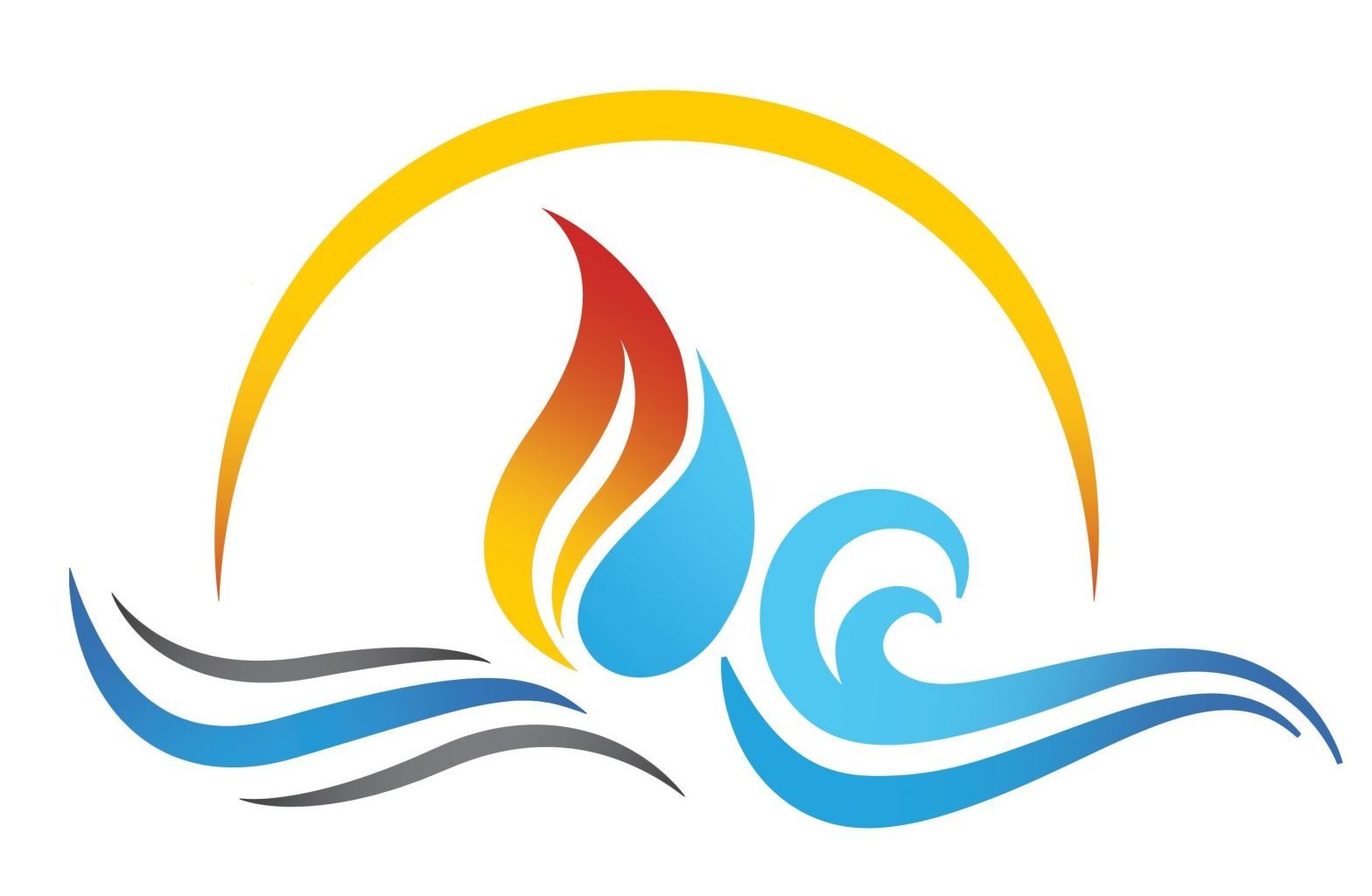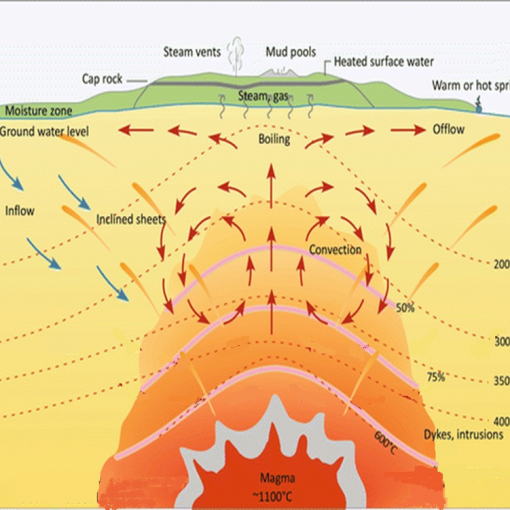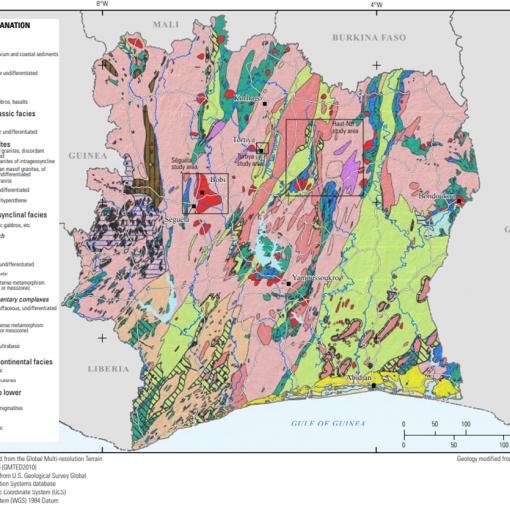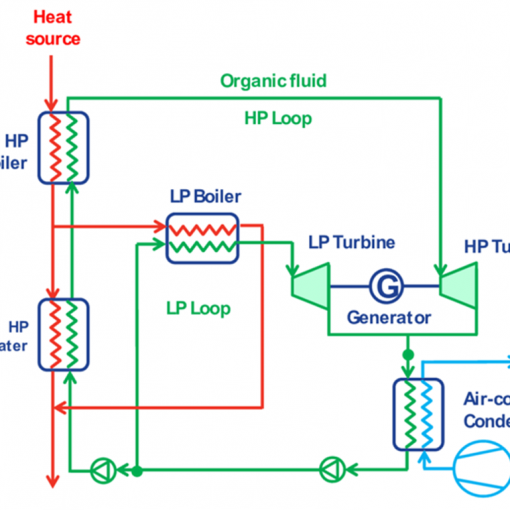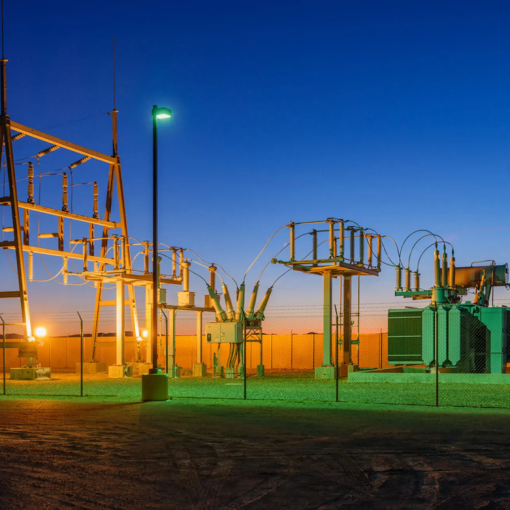Namibia is the next African country to highlight the Geothermal Energy potential. The Damara Orogenic belt is the home to good geological conditions with hot spring surface manifestations of subsurface hydrothermal reservoirs. Clean, persistent renewable Geothermal Energy able to attract good funding and finance is an economic, environmentally sustainable solution for Namibia.
- Namibia is an African country spanning across two ancient cratons with a large orogenic belt in between and several surrounding orogenic belts and volcanic sequences. About 46% of the country’s surface is exposed bedrock, the remainder is two large sedimentary basins; the Owambo-Etosha Basin in the country’s northern part and the Nama Basin in the south;
- There are over 24# reported geothermal springs in Namibia, with the majority concentrated in the Damara Orogenic belt (formed by collision between Congo and Kalahari Cratons – where the Kalahari Craton subducted, creating significant deformation, metamorphism, and intrusions). Estimated hydrothermal reservoir temperatures vary from 60 °C to 126+ °C, with a maximum value at Ganigobes. Estimated hydrothermal reservoir depths range down to ~2000m. Higher geothermal gradients may be possible, but more fieldwork is required;
- The presence of conventional oil and gas resources is likely linked to adjacent aquifers which may also be suitable for hydrothermal resources. Otherwise depleted reservoirs may be suitable for petrothermal reservoirs depending on bottom hole temperatures;
- Clean, environmentally sustainable renewable Geothermal Energy is possible thanks to modern, low and medium enthalpy Binary ORC power generation solutions. Good geoscience tools are available to help incrementally explore and de-risk the areas of potentially suitable heat energy sources before more expensive drilling is required;
- Very attractive Levelised Cost of Electricity (LCOE) is commercially feasible for many developments to help improve electrification, reduce energy poverty, and increase grid resilience across Namibia.

